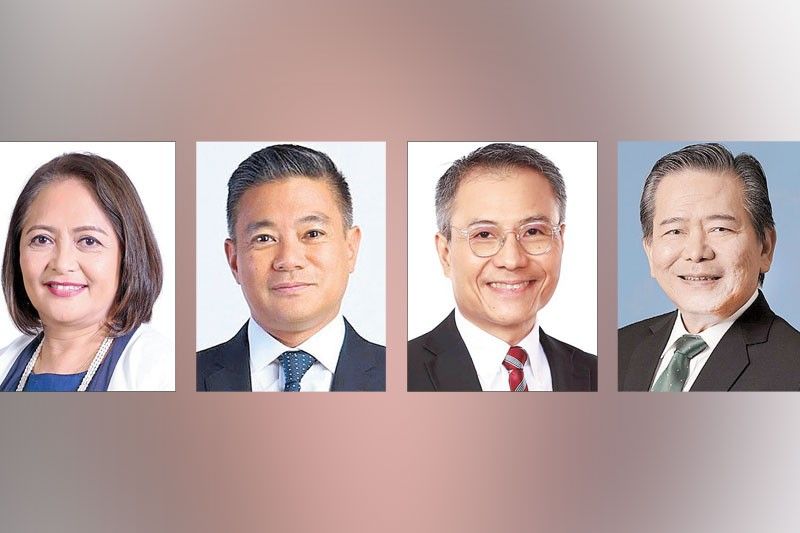US Development Finance Corporation Set for Major Expansion: Funding High-Income Nations & Boosting National Security

The Trump administration's proposed overhaul of the U.S. International Development Finance Corporation (DFC) signals a significant shift in American foreign policy and development finance. The plan, currently under review, outlines a dramatic expansion of the DFC's mandate, allowing it to fund projects in previously off-limits high-income countries and significantly increasing its financial firepower – potentially quadrupling its lending capacity.
A New Focus: High-Income Nations and National Security
Traditionally, the DFC (and its predecessor, the Overseas Private Investment Corporation, OPIC) has focused on supporting development projects in lower-income countries. This proposal, however, seeks to broaden its scope to include nations considered high-income, a move that has sparked debate among development experts. The justification lies in a heightened focus on national security and strategic competition with countries like China.
The administration argues that providing financing for projects in high-income nations, particularly in areas like infrastructure and energy, can counter the influence of China’s Belt and Road Initiative. By offering a viable alternative to Chinese investment, the U.S. aims to promote its values, secure supply chains, and safeguard its economic interests.
Quadrupling Spending Power: A Significant Financial Boost
Beyond expanding its geographic reach, the proposal includes a dramatic increase in the DFC's financial resources. The current authorized lending cap is $60 billion. The proposed increase would bring that figure to $260 billion, a fourfold jump. This substantial injection of capital would allow the DFC to undertake larger and more ambitious projects, further amplifying its impact on global development and strategic competition.
Key Implications & Potential Challenges
The proposed changes have several key implications:
- Increased Competition: The DFC will directly compete with other development finance institutions (DFIs) and private investors in high-income markets.
- Strategic Alignment: Projects funded by the DFC will be increasingly aligned with U.S. national security objectives, potentially leading to a shift in priorities.
- Transparency & Accountability: With a larger budget and broader mandate, ensuring transparency and accountability in the DFC's operations will be crucial.
- Impact on Traditional Development: Questions remain about the potential impact on traditional development assistance to lower-income countries, and whether the increased focus on high-income nations could divert resources.
The Future of US Development Finance
The proposed changes to the DFC represent a significant evolution in U.S. development finance policy. Whether the plan is ultimately implemented in its current form remains to be seen, but it undeniably signals a more assertive approach to global engagement, prioritizing strategic competition and national security alongside traditional development goals. The DFC’s future role will be a key indicator of the direction of U.S. foreign policy in the years to come.





